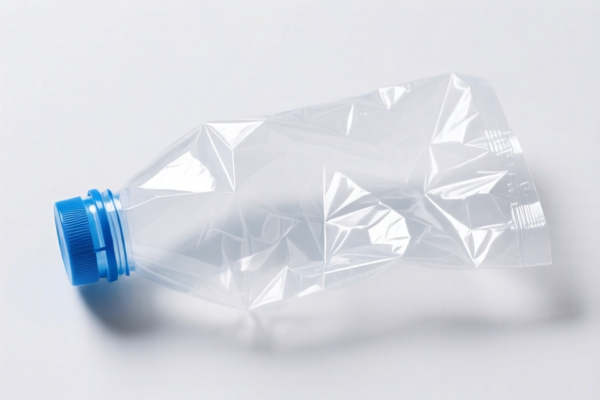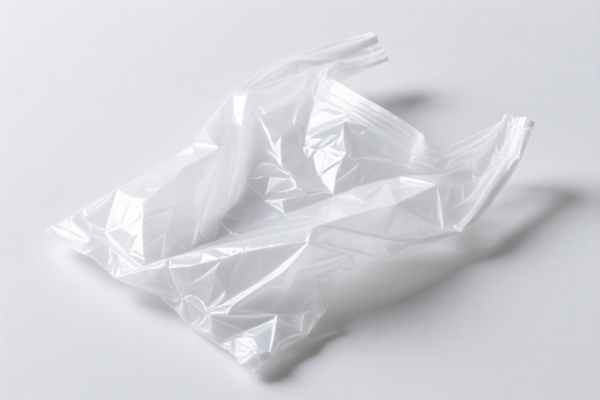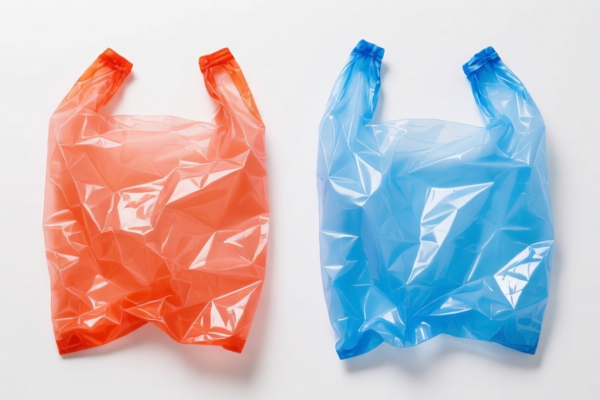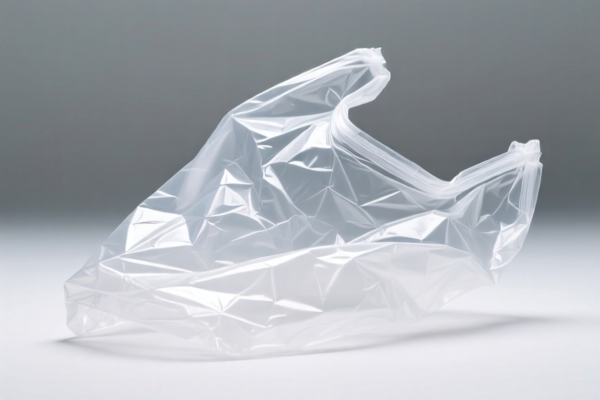| HS Code | Official Doc | Tariff Rate | Origin | Destination | Effective Date |
|---|---|---|---|---|---|
| 3901905501 | Doc | 61.5% | CN | US | 2025-05-12 |
| 3901909000 | Doc | 61.5% | CN | US | 2025-05-12 |
| 3914006000 | Doc | 58.9% | CN | US | 2025-05-12 |
| 3914002000 | Doc | 55.0% | CN | US | 2025-05-12 |
| 3926909989 | Doc | 42.8% | CN | US | 2025-05-12 |




Plastic Alloy
Plastic alloys are blends of two or more different plastics, or plastics combined with other materials, to achieve enhanced properties and performance characteristics compared to the individual components. They are not true alloys in the metallurgical sense (which involves combining metals), but the term is commonly used due to the resulting synergistic effects.
Materials
Plastic alloys typically combine:
- Thermoplastics: These plastics can be repeatedly softened by heating and hardened by cooling (e.g., Polypropylene (PP), Polyethylene (PE), Polystyrene (PS), Polyvinyl Chloride (PVC), Acrylonitrile Butadiene Styrene (ABS), Polycarbonate (PC), Polyamide (PA – Nylon), Polyethylene Terephthalate (PET)).
- Thermosets: These plastics undergo irreversible chemical changes during curing and cannot be re-melted (e.g., Epoxy, Phenolic, Polyester). Blending thermosets with thermoplastics is less common due to compatibility issues.
- Fillers & Reinforcements: These are added to enhance specific properties. Common examples include:
- Glass Fibers: Increase strength and stiffness.
- Carbon Fibers: Provide high strength-to-weight ratio and stiffness.
- Mineral Fillers (e.g., Talc, Calcium Carbonate): Reduce cost, improve dimensional stability, and enhance stiffness.
- Rubber: Improve impact resistance.
- Metal Powders: Enhance conductivity, density, or wear resistance.
Purpose
The primary purpose of creating plastic alloys is to:
- Improve Mechanical Properties: Enhance strength, stiffness, impact resistance, toughness, and creep resistance.
- Modify Thermal Properties: Alter heat resistance, thermal conductivity, and coefficient of thermal expansion.
- Enhance Chemical Resistance: Improve resistance to solvents, acids, bases, and other chemicals.
- Alter Processing Characteristics: Improve flowability, moldability, and surface finish.
- Reduce Cost: Blending a more expensive plastic with a less expensive one can lower overall material costs.
- Achieve Specific Aesthetics: Modify color, texture, and gloss.
Function
Plastic alloys function by combining the desirable attributes of different materials. For example:
- Impact Modification: Adding rubber to a brittle plastic increases its toughness and resistance to cracking.
- Reinforcement: Incorporating glass fibers into a plastic matrix increases its strength and stiffness.
- Compatibilization: Adding a compatibilizer helps to blend immiscible plastics, improving their adhesion and overall properties.
- Property Balancing: Alloys can be tailored to achieve a specific balance of properties, such as high strength and good chemical resistance.
Usage Scenarios
Plastic alloys are used in a wide range of applications, including:
- Automotive: Bumpers, dashboards, interior trim, under-the-hood components. Often require high impact resistance, heat resistance, and chemical resistance.
- Electronics: Housings for electronic devices, connectors, switches. Require flame retardancy, electrical insulation, and dimensional stability.
- Packaging: Bottles, containers, films. Require barrier properties, impact resistance, and clarity.
- Construction: Pipes, fittings, siding, window frames. Require weather resistance, durability, and strength.
- Medical: Medical devices, housings, tubing. Require biocompatibility, sterilization resistance, and chemical resistance.
- Aerospace: Interior components, housings, structural parts. Require high strength-to-weight ratio, flame retardancy, and chemical resistance.
Common Types
- ABS/Polycarbonate (ABS/PC): Combines the toughness and impact resistance of ABS with the high heat resistance and strength of PC. Used in automotive parts, electronics housings, and luggage.
- Polypropylene/Ethylene Rubber (PP/EPDM): Combines the low cost and chemical resistance of PP with the flexibility and impact resistance of EPDM rubber. Used in automotive bumpers and seals.
- Polyamide (Nylon) Alloys: Often blended with other nylons or with elastomers to improve impact resistance, dimensional stability, and processability. Used in automotive parts, gears, and bearings.
- Polycarbonate/ABS/Polypropylene (PC/ABS/PP): Offers a balance of properties, including high impact resistance, heat resistance, and processability.
- Modified Polyphenylene Oxide (mPPO): Blended with polystyrene or polyamide to improve impact resistance, heat resistance, and dimensional stability. Used in automotive parts, electronics housings, and medical devices.
The declared goods are described as “plastic alloy”. Based on the provided information, the following HS codes may be relevant:
- 3901905501: Polymers of ethylene, in primary forms: Other: Other: Ethylene copolymers. This code covers ethylene copolymers, which are a type of plastic alloy. The total tax rate is 61.5%, comprised of a 6.5% base tariff, a 25.0% additional tariff, and a 30.0% additional tariff effective after April 2, 2025.
- 3901909000: Polymers of ethylene, in primary forms: Other: Other: Other. This code represents other polymers of ethylene in primary forms. As plastic alloys can be based on ethylene polymers, this code is potentially applicable. The total tax rate is 61.5%, comprised of a 6.5% base tariff, a 25.0% additional tariff, and a 30.0% additional tariff effective after April 2, 2025.
- 3926909989: Other articles of plastics and articles of other materials of headings 3901 to 3914: Other: Other. This code covers other articles of plastics, which could include plastic alloys manufactured into specific shapes or forms. The total tax rate is 42.8%, comprised of a 5.3% base tariff and a 7.5% additional tariff, increasing to 30.0% after April 2, 2025.
According to the provided reference material, the HS code options related to 'plastic alloy' are limited, with only the following 3 found.
It is important to note that the applicable HS code will depend on the specific composition and form of the plastic alloy. For HS codes 3901905501 and 3901909000, the goods must be polymers of ethylene in primary forms. For HS code 3926909989, the goods must be articles manufactured from plastics.
Customer Reviews
No reviews yet.